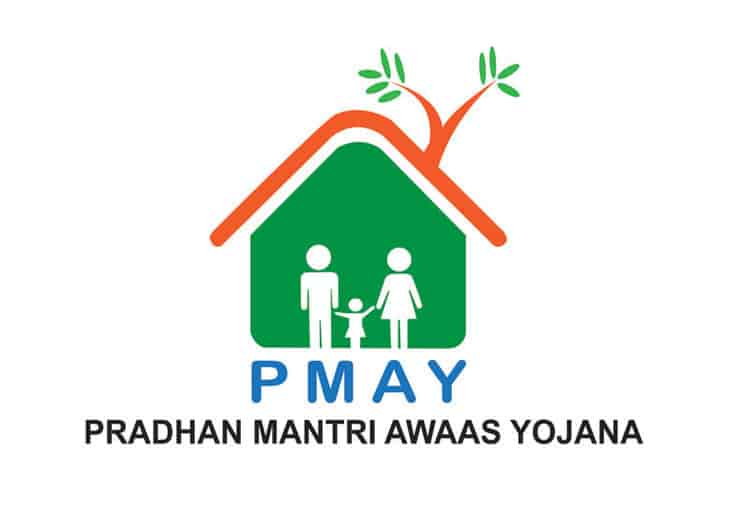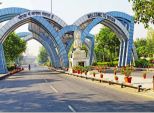
Pradhan Mantri Awas Yojana (PMAY) has been introduced by Honorable Prime Minister, Narendra Modi on 1 June 2015. This scheme will be implemented during 2015-2022.The vision of scheme is to provide housing to economically poor section of India or help people to buy home with the help of public-private sector. Under this mission affordable homes will be built in chosen cities and towns using eco-friendly construction methods for the benefit of urban poor population of India.
Objectives of PMAY:
-To provide financial help to people who can’t afford the entire cost of building a residential property.
-To offer houses to the Economically Weaker Sections (EWS) of the society.
-To assure the poor section of India that they can buy their own home.
-Promotion of ‘Affordable Housing’ for the weaker section through credit linked subsidy.
-Rehabilitation of existing slum habitants with private sector participation using land as a resource.
Salient features of PMAY:
-Handicapped/Differently abled and senior citizens will be first preference for ground floors allocations.
-Eco-friendly and Durable technologies would be used for construction.
-Subsidy interest rate is provided at 6.5% on housing loan for the term of 15 years to all the grantee.
-PMAY scheme also helps in women empowerment by giving special quota for women.
Eligibility for PMAY scheme:
PMAY Scheme is made for Low-Income Group families (LIG), Medium Income Group (MIG) families and Economically Weaker Section (EWS), also if you fulfill the stated eligibility and if your family consists of husband, wife and unmarried children you can avail the PMAY benefits. Moreover the person who is applying should not own a house either in his name or in the name of any family member in any part of India.
Find your dream home at www.propertymegamart.in
Income Criteria:
The Income criteria are different for different groups such as:
Economically Weaker Section (EWS): Peoples whose income less than Rs. 3 lakhs come under the EWS category.
Lower Income Group (LIG): Person with an annual income between Rs. 3 lakhs to Rs. 6 lakhs come under LIG group.
Medium Income Group (MIG1): Person whose income between Rs 6 lakhs to Rs 18 lakhs will fall under the MIG1 category. These people can avail loans of up to Rs.9 lakh for the construction of a residence.
Medium Income Group (MIG2): Persons whose income between Rs 12 to Rs 18 lakhs will fall under the MIG2 category. These people can get loans of up to Rs. 12 lakhs.
Minorities: Peoples from minority group like SC/ST/OBC will fall under minorities. To avail PMAY scheme they need to provide relevant caste and income certificates.
Women: Women’s from EWS/LIG categories will be considered if they apply for PMAY scheme.
How to apply for PMAY?
You can apply for these scheme both online and offline modes. You can apply through CSC- Common Services Centers that are established for delivering government services. In addition, citizens can apply through the official online portal of PMYA.
Follow these steps to apply online:
-To apply online you have to log on to PMAY official website: http://pmaymis.gov.in/
-Find the “Citizen Assessment” option from the header menu section.
-In citizen Assessment click on Benefit under other 3 components, Enter you Aadhar card number.
-Fill the required details and make sure that you have filled correctly.
-Then download the application form and print the form.
-Submit the form at your nearest CSC centres and financial institution/banks along with the required documents.





Would Like To Hear Your Comments